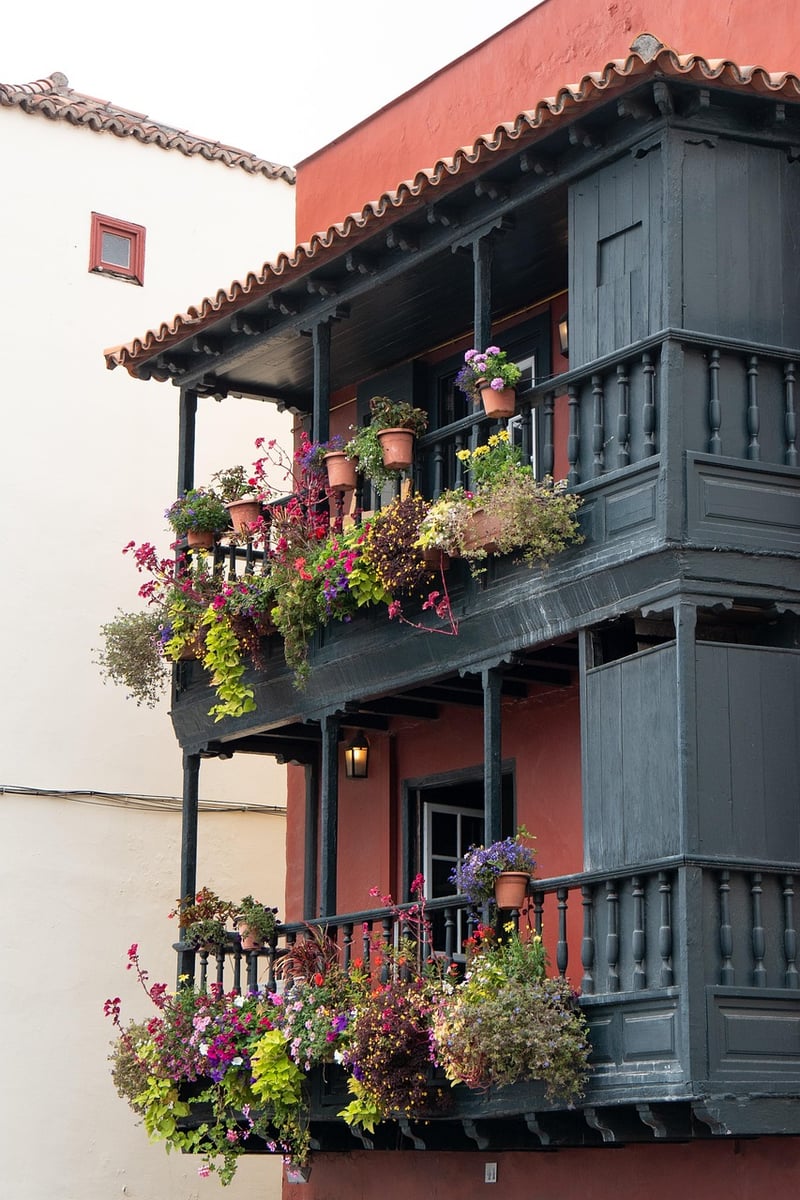Balcony Planting Guide
Ideas and Tips for Container Gardening
Introduction
Container gardening is a versatile and rewarding way to bring greenery and life to small spaces like balconies, patios, or even indoor areas. Whether you're a beginner or a seasoned gardener, there are always new ideas and tips to enhance your container gardening experience.
Choosing the Right Containers
When starting a container garden, it's essential to select the right containers. Make sure they have drainage holes to prevent waterlogging, choose containers that suit the size of the plants you want to grow, and consider the material (such as terracotta, plastic, or ceramic) based on your style and the climate in your area.
Selecting Plants
Choose plants that are suitable for the amount of sunlight your space receives. Consider mixing different plant types, such as thrillers (tall focal point plants), spillers (plants that cascade over the edges), and fillers (bushy plants that add volume). Herbs, flowers, and vegetables can all thrive in containers.
Soil and Fertilizer
Use high-quality potting mix for containers as regular garden soil may compact and hinder drainage. Fertilize your plants regularly with a balanced fertilizer to ensure they have the nutrients they need to grow and bloom.
Watering and Maintenance
Containers tend to dry out faster than garden beds, so check your plants daily and water them when the top inch of soil is dry. Regularly deadhead flowers, prune overgrown plants, and remove any diseased or damaged foliage to keep your container garden thriving.
Balcony Planting Guide
1. Assess Your Balcony Space
Before starting your balcony garden, assess the amount of sunlight your balcony receives throughout the day. This will help you choose plants that are suited to the light conditions.
2. Vertical Gardening
If space is limited, consider vertical gardening options such as hanging planters, wall-mounted pots, or trellises for climbing plants. This maximizes your growing area while adding visual interest.
3. Wind Protection
Balconies are often exposed to wind, which can damage delicate plants. Use windbreaks like screens, trellises, or tall plants to protect your garden from strong winds.
4. Container Placement
Place your containers strategically to make the most of available sunlight and create a visually appealing arrangement. Consider using a variety of container sizes and heights for a dynamic look.
5. Maintenance
Regularly check your balcony plants for water needs, pests, and diseases. Prune and fertilize as needed to keep your plants healthy and flourishing.
Conclusion
Container gardening and balcony planting can turn any small space into a lush and vibrant oasis. With the right containers, plants, and care, you can enjoy the beauty of gardening even in limited areas.


